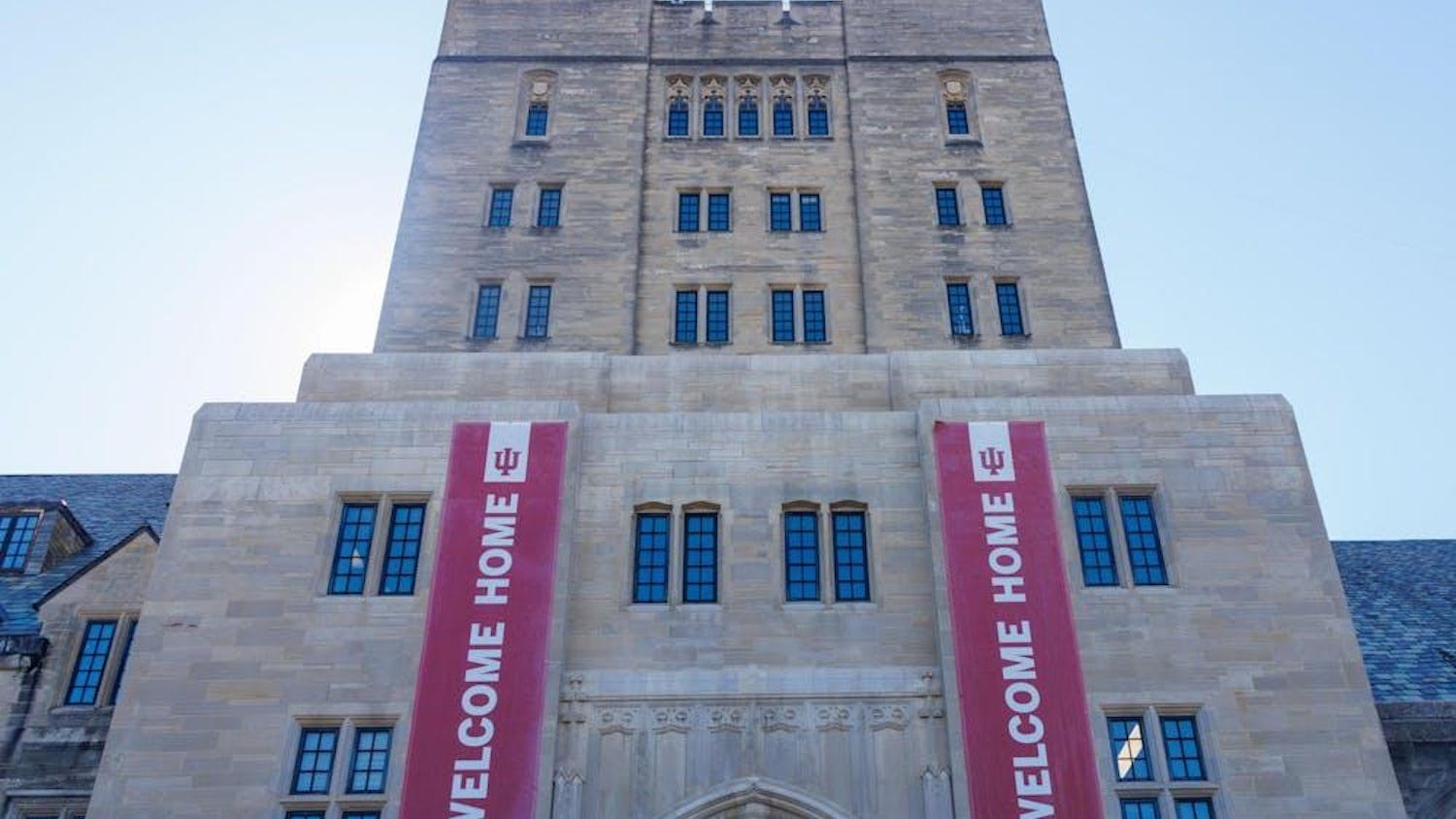The accuracy of applause during classical performances is crucial. Savvy cheering will separate the barbarians from the civilized. To become an applauding ace, follow these simple rules.
BALLET/OPERA
When attending a ballet or an opera, remember these four timing tips: for the conductor, after solos, between acts and during the curtain call.
When the conductor of the pit orchestra walks to the podium, clap away. Because the orchestra pit is underneath the stage, the conductor’s head will bob up and down through the players’ heads.
Applause for solos or duos differs between opera and ballet, however. For the ballet, clapping after a pas de deux (a dance for two) and after solo dances is customary.
“If the dance is spectacular, for example, it is fine to applaud and show your appreciation immediately,” said Michael Vernon, Jacobs School of Music Ballet Department chair. “If you do, that shows you have been watching and paying attention, which could look impressive to a date.”
For the opera, clapping after an aria and after flashy numbers is also typical. Only let out a cheer if the dancers or singers have been truly amazing.
“It helps when the audience is involved and is paying attention enough to know what is funny and what is sad,” said opera graduate student Christa Ruiz.
The end of the act easy to recognize: A dramatic scene will finish, and the curtain will fall.
Curtain call, however, occurs after the entire performance has ended and the curtain has dropped. The cast will file out, usually least-important characters first and leads last.
Start clapping when the performance ends, and do not stop until the entire cast has bowed.
This process could last five minutes, or 30 minutes depending on the quality of the performance. If the show is predicted to be outstanding, prepare the Icy Hot for post-show muscle repair.
SYMPHONY
Similar to opera and ballet applause, the symphony concert’s audience claps for the conductor’s arrival on stage. This time, the conductor will be in full view, and the already seated players will clap, stand or tap their feet when he makes his way to the podium.
Applaud at the wrong time during a symphony concert, and the audience will give scornful looks to shush you.
“I hate when people clap between movements,” said Thomas Baldner, professor of music. “You have got to be educated about the music. If it does happen here or there, I do get the feeling we have done well. We must have played something so extraordinarily well that people felt it deserved applause. But overall, I do prefer clapping to happen at the appropriate times.”
This is why knowing the difference between the end of a movement and the end of a piece is essential.
First, check out the concert program. It will have the name of the piece followed by three or four secondary titles. These are the movements within a piece.
If reading the program is not appealing, know how to recognize the silence. If the silence is short, the players turn pages and the conductor does not turn around, the piece is between movements. Only clap after the final movement. Listen closely enough, however, to know how much applause the performance deserves.
“Just because you are at a performance does not mean you must clap,” Baldner said. “There are some pieces that even defy clapping. They are so sad, so devastating that the audience simply cannot clap. This has happened once in my career. We played Tchaikovsky’s ‘Symphony No. 6, Pathetique,’ and when we finished, there was silence.”
WRAP IT UP
For the end of any classical performance, a few notes on etiquette should be studied. If you are going to do anything more than applaud at the finale or curtain call, be sure you know whether the show was worth a standing ovation, a “bravo,” a “brava” or an “encore.”
“Bravo” is typically designated for a male soloist; “brava,” a female soloist. Calling “bravo” will suffice for a mixed ensemble, also.
If called enough by the audience, an encore will oblige a soloist to play a short piece without accompaniment. An encore is designated for soloists who have performed with an instrumental ensemble: Do not call for an encore at the opera curtain call.
The easy way out for any and all concerts is to do as the rest of the audience does. Spot an older, experienced arts patron and follow his or her lead.
Applaud like a professional for any performance
Get stories like this in your inbox
Subscribe





